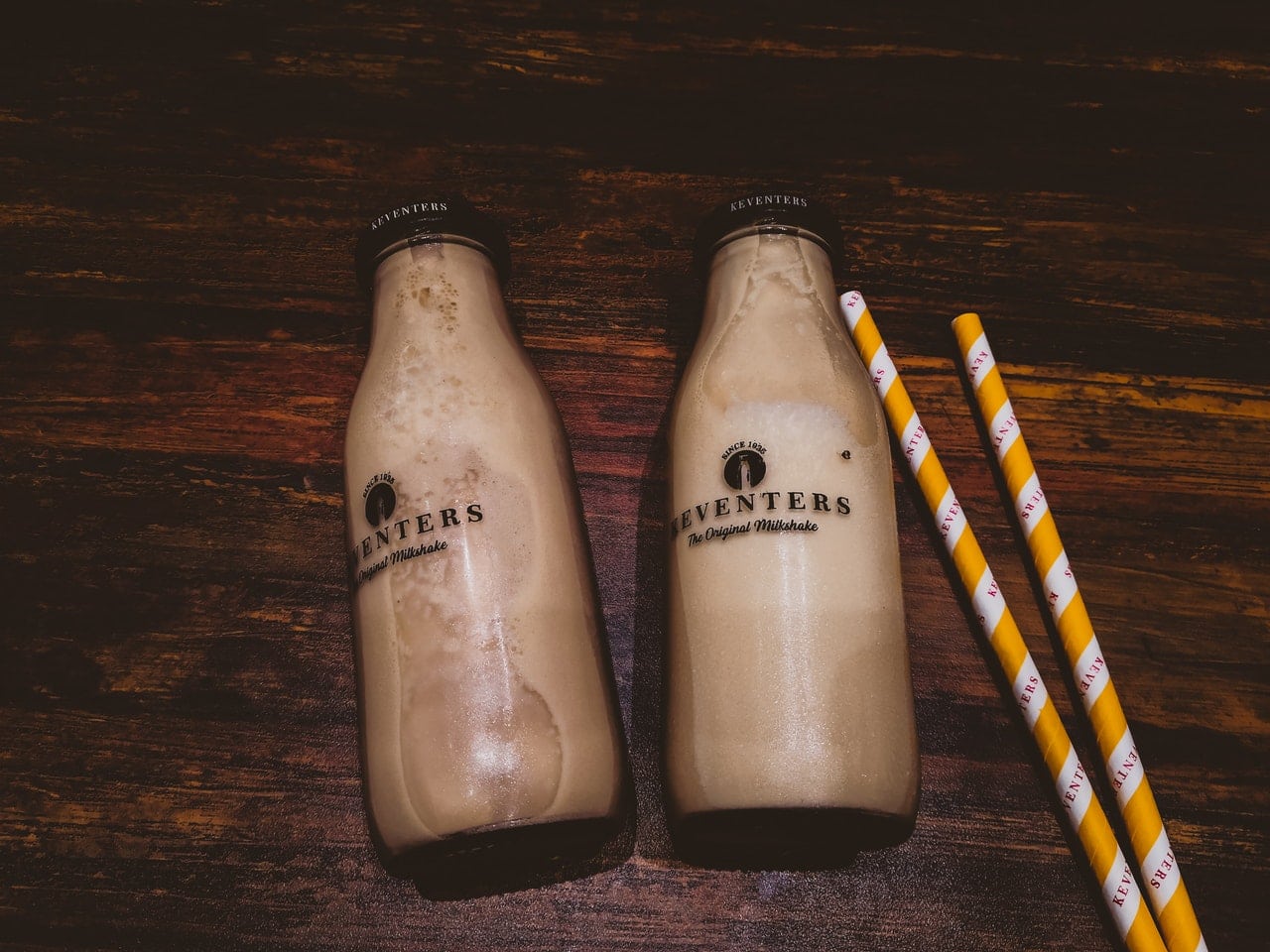What diseases can you get from chocolate milk? If you are a parent who is constantly thinking of what to provide your kids as snacks, you may also be thinking of the cons of chocolate milk, as well as the adverse effects of chocolate milk. Should chocolate milk be served in schools? Let’s look at the data and find out objectively if chocolate milk is a threat to the health of children in the country.
The Real Deal With Chocolate Milk
Chocolate milk is a dairy product combined with sugar, chocolate, and some other additives that make the beverage more palatable and appealing to both adults and kids. On the whole, based on the composition of chocolate milk, it is not as lousy soda or other sweetened drinks. The health benefits certainly outweigh the bad.
The main point of contention with beverages like chocolate milk is the presence of added sugar. But then again, if we look at things objectively, you would be hard-pressed to find commercial drinks that don’t have added sugar. Unless you are shifting to completely homemade beverages, which is possible, dealing with added sugar is something that you would have to do daily.
When it comes to your child’s nutrition, it is a regular balancing act. We would want to give more of the good than the bad. Between a sweetened fruit juice (which may not be fortified) and a dairy product that naturally contains macronutrients and essential nutrients, it is clear that chocolate milk can be added to a child’s diet without upending nutritional and health goals.
Chocolate milk, on its own, delivers a large number of nutrients that are essential for the healthy development of the body. As we have mentioned earlier, chocolate milk has many macronutrients and essential nutrients like carbohydrates, fats, proteins, calcium, vitamin D, iron, B-vitamins, and more. Fortified dairy products can also contain a certain percentage of RDA for trace nutrients.
Getting the superior version of the same product that your kids’ love would be a parental effort that is well worth undertaking. A cup of chocolate milk can already provide up to 30% of a child’s RDA of calcium. Three cups and you are up to 90% of the daily RDA. This isn’t a bad tradeoff considering that your child is probably also consuming added sugar from other food items. The key is to make sure that your child is physically active, so he/she can burn off the excess carbohydrates from beverages.
Another essential point to consider here is serving size. We do not want to inadvertently give children too much chocolate milk because of the calories that come with every serving. Just like other food and beverages, too much can be harmful, so the answer to this is better portion control and teaching your kids what a healthy serving looks like. Everything begins at home when it comes to proper nutrition and diet.
Chocolate milk also contains vitamin A and a plethora of B-vitamins. These trace nutrients are excellent for maintaining skin health. These nutrients are also necessary for the healthy development of bones, teeth, and joints. If you have an active child who loves sports and just being generally active, chocolate milk is also touted as a great recovery drink.
What is a recovery drink?
A nutritional recovery drink is taken to help the body recuperate from physically strenuous activity. Some of the benefits of using low-fat chocolate milk as a nutritious recovery drink include:
- Getting fluid and a good mix of electrolytes for adequate hydration.
- Protein in milk will help repair muscles and joints. Animal proteins are directly usable by the body and have high bioavailability for the quick replenishment of this macronutrient.
- Added and natural sugars will help replenish lost energy in the muscles themselves.
- Chocolate content of the beverage can help stimulate the organs, including the liver and muscles.
- A relatively inexpensive source of a lot of essential nutrients for recovery.
Milk vs. Chocolate Milk
Some dietitians disagree with the regular consumption of chocolate milk due to the higher added sugar content of many brands. One other solution that we’d like to propose is to keep your child’s diet as healthy as possible by preparing other meals at home, so there would be a metabolic window for the consumption of beverages with added sugar. This is a more realistic approach rather than to declare wholesale that kids should avoid all kinds of drinks (including chocolate milk) that contain added sugar.
If you feel that your child is consuming too much sugar but would still like him/her to reap the benefits of chocolate milk, what we recommend is that you only serve it alongside prepared meals at home instead of in school. Also, it would be a good idea, like we said earlier, to teach your child what a single serving looks like. We understand that kids can be energetic when it comes to the consumption of sugary drinks, but discipline with food has to be developed by the child early on, so he/she won’t struggle later on. This is something we can help with at home.
To boost your child’s nutrition, you can also combine chocolate milk with other dairy products that don’t have as much added sugar to begin with. We’re talking about yogurt, whole milk, skim milk, etc. By checking the label and comparing the carbohydrate content of different dairy products, you will be able to make better decisions about your child’s health and diet.
This will be an ongoing process, something that you can adjust and tweak as your child grows up. A growing child will soon need higher quantities of macronutrients and micronutrients, and like a slide rule, you can adjust how much he/she is consuming in terms of snacks, meals, and beverages. It would also help if your child is physically active and is interested in fitness.

